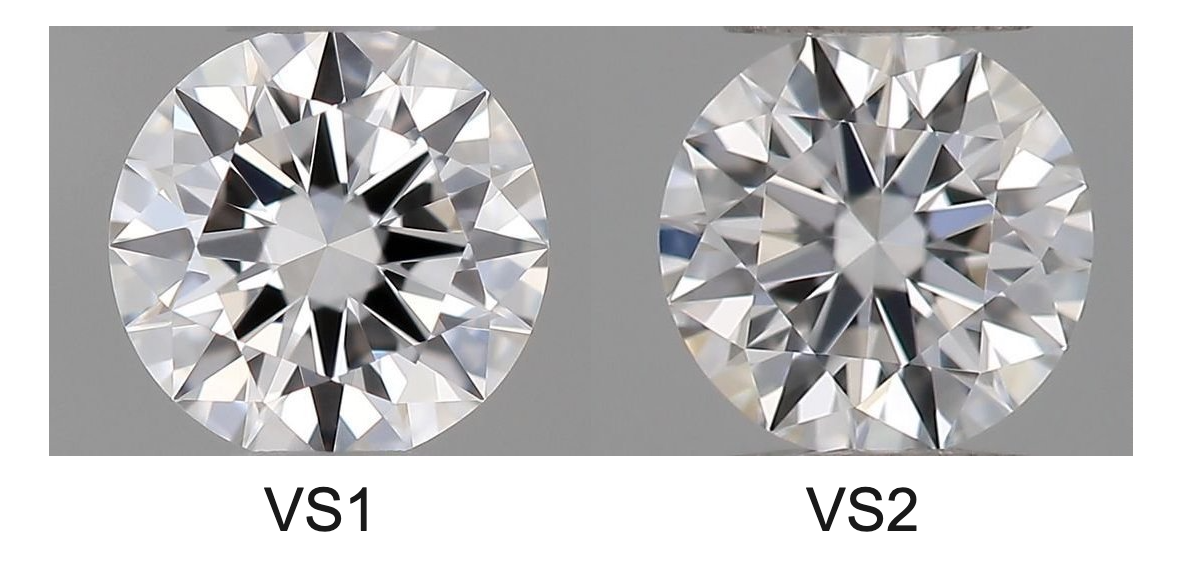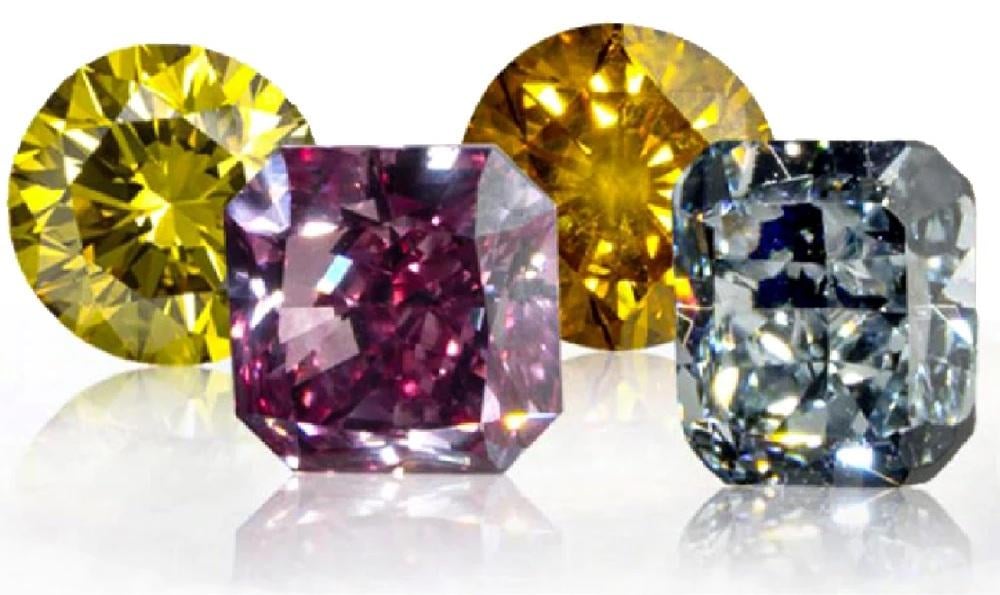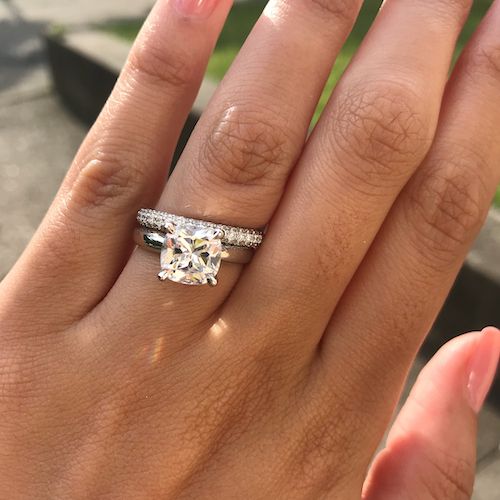Diamond FAQs: Ideal Cut Diamonds

Ideal cuts are truly the elite of the diamond world; an Ideal cut diamond reflects nearly all the light that enters it and emits the most sparkle. They represent the top 1% of diamonds in terms of both quality and sparkle. If you’re looking for the best cut diamond to buy, the Ideal cut is it. In this post, we’ll teach you the traits and grading requirements of Ideal cut diamonds.
How does a diamond get an Ideal cut grade?
Just as the name says, a diamond has to be cut perfectly to receive an Ideal grade. This means the diamond’s crown and pavilion should be proportioned to maximize sparkle. A diamond that is cut too deeply or too shallow will lose out on light return because its facets are not cut for maximum reflectiveness.
Over the years, several mathematicians and gemologists from all over the world have developed differing Ideal cut benchmarks. As such, there is no single set of proportions that will cause a stone to be graded Ideal. In 1919, mathematician Marcel Tolkowsky created the “American Standard” diamond proportions and angles for Ideal cuts. This benchmark is still used in North America as a guideline for grading Ideal cut loose diamonds.
Different grading labs still have their own grading criteria to determine an Ideal cut. Some labs have more relaxed standards than others. At Ritani, we go with the most conservative grade possible, which usually comes from the GIA.
Can you get an Ideal fancy cut diamond?
The GIA has yet to develop cut grades for fancy cut diamonds. Due to the alignment of its facets, only a classic round diamond can earn an Ideal cut grade or any cut grade for that matter.
Can you tell the difference between an Ideal cut and a diamond with a lower cut grade just by looking at them?
The short answer: yes. The easiest way to spot the difference between an Ideal cut and lower cut grades is in a diamond’s sparkle. An Ideal cut diamond will shine much brighter than stones with lower-cut grades. That said, it also depends on how large the diamonds are, what kind of light you’re using, and if the stones are under magnification. The nuances of a diamond’s quality and sparkle are easier to see in natural light.
How to choose an Ideal cut diamond
If you’ve decided to buy an Ideal cut diamond, you’ve already chosen the number one factor for the most sparkle. To enhance the sparkle even more, there are a couple of additional factors you can look for. Our advice is to look for Ideal cut diamonds that have excellent polish, excellent symmetry, depth percentage between 59% to 62%, and a table percentage that falls within the range of 54% to 60% to allow the most light in (that’s what creates sparkle!).
What is a Scintillation Report?
The Scintillation Report is a unique and detailed report created by the American Gem Society Laboratories (AGSL). The AGSL has worked for years to refine the science behind a diamond’s sparkle. To arrive at the Scintillation Report, the AGSL had to perform hundreds of thousands of tests with different diamond cuts, light spectrums, and so on.
At Ritani, we’re always on the hunt for the newest and best innovations. We partnered with AGSL to provide you with Scintillation Reports so you feel confident in the diamond you’re buying.
How does the Scintillation Report work?

A sample Scintillation Report from the AGSL.
Before advances in light reflection technology, the sparkle of a diamond was desirable, but not quantifiable. The AGSL made the process of evaluating a stone’s sparkle both mathematical and repeatable: it involves illuminating the diamond with thousands of different light sources and calculating the diamond’s fire and flash. A diamond’s fire refers to its colored sparkles, and the diamond flash is a measurement of its white sparkles.
So, how exactly does flooding a diamond with light lead to an accurate measurement of its sparkle? The key is to measure how much light is reflected back.
Let’s say you shine 100% of your light sources into a diamond with a low cut grade. You won’t see 100% of the light you put in reflected back at you, because the diamond’s cut will cause some of the light to get lost or shine right through the stone. A Reserve Ideal cut diamond will appear to reflect back more than 100% of the light you put into it, because of all the light bouncing around and reflecting back from all the diamond’s facets.
If you desire a diamond with maximum sparkle, an Ideal cut is the best choice. When it comes down to it, the diamond cut grade you choose is a matter of personal style and preference. With the right choice of metal and ring setting, like a halo setting, a Very Good or Excellent cut diamond can also pack some serious sparkle.


